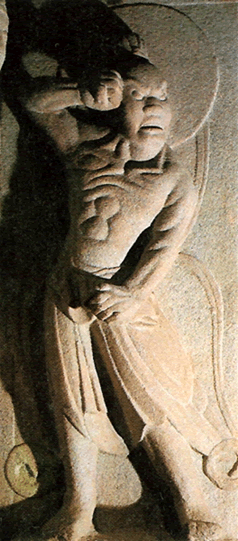skribs
Grandmaster
There exists several blocks in the Taekwondo forms that are two blocks at different angles. In particular, (and correct me on the names if I'm wrong).
In this thread, I'd like to look at these techniques. And, as before, I'd like to look at them specifically as blocks. I understand how several of these techniques could be a grab break, a grappling move, or a combination block+strike.
With that said, I understand there may be reasons to use two hands in a block. We often do in our defense drills, usually either for the sake of grappling (i.e. deflecting a punch, then grabbing the arm to do a throw), or for the sake of coverage (i.e. defending against a roundhouse kick, one arm protects your body and the other protects your head). However, these blocks are often on different sides of the body, so that application doesn't make sense.
My question is this: is there a practical application for these blocks in a one-on-one fight? The simplest explanation I can come up with is defending against two attacks.
Or am I thinking too much into this and that is what they are?
- In Keumgang, the Diamond Block (down block to one side, high block to the other)
- In Keumgang, the Mountain Block (outward block to one side, inward block to the other)
- In Keumgang and Koryo, the Double Outside Block (two outward blocks)*
- In Keumgang and Taebaek, the Double Low Block (two low blocks out to the side, closed fist in Keumgang and open fist in Taebaek)
- In Taebaek, the Scissor Block
In this thread, I'd like to look at these techniques. And, as before, I'd like to look at them specifically as blocks. I understand how several of these techniques could be a grab break, a grappling move, or a combination block+strike.
With that said, I understand there may be reasons to use two hands in a block. We often do in our defense drills, usually either for the sake of grappling (i.e. deflecting a punch, then grabbing the arm to do a throw), or for the sake of coverage (i.e. defending against a roundhouse kick, one arm protects your body and the other protects your head). However, these blocks are often on different sides of the body, so that application doesn't make sense.
My question is this: is there a practical application for these blocks in a one-on-one fight? The simplest explanation I can come up with is defending against two attacks.
Or am I thinking too much into this and that is what they are?

